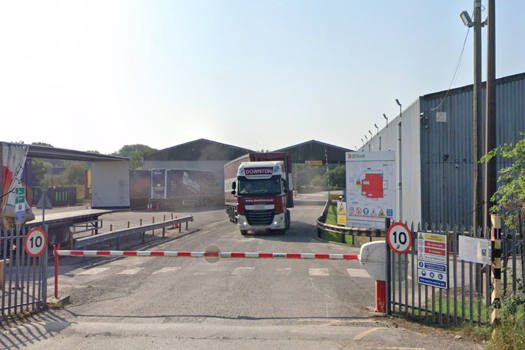The move, by the classics publisher, is part of a growing trend towards on-demand book printing among publishers to meet the "long tail" consumer model and reduce environmental impact and warehousing costs.
The Faber Finds programme is aimed at restoring to print "lost classics" and "authors of distinction" that have gone out of print.
The digital on-demand model enables publishers to print shorter runs, negating the requirement for a minimum number of orders.
Chief executive of Faber & Faber Stephen Page said: "We were convinced that readers and writers should have a richer experience from new media developments and wanted to apply that to books that were unavailable due to old technology."
Faber Finds will launch on 2 June with a hundred titles. The initial list contains writers, including Jacob Bronowski, Lionel Davidson and FR Leavis.
Faber said it planned to add up to 20 additional titles to the on-demand model each month.
David Taylor, UK managing director of on-demand printer Lightning Source, said the move was "great news for the consumer".
"This is an example of how print-on-demand can be used to bring books back from the dead. The model allows publishers to publish with no risk and I am sure that many more will be going down the on-demand route in the near future," he added.
Have your say in the Printweek Poll
Related stories
Latest comments
"Everyone seems satisfied with that result. I wonder if it will always be so amicable."
"Very insightful Stern.
My analysis?
Squeaky bum time!"
"But in April there was an article with the Headline "Landa boosts top team as it scales up to meet market demand", where they said they came out of last year’s Drupa with a burgeoning order..."
Up next...

Five sites across the UK could close
DS Smith sites earmarked for closure confirmed

Long-standing title
Micropress adds to publishing wing with buy

More than 1,200 recipients across the UK
Heraldic designer recognised in King's Birthday Honours

Increasing awareness of sustainability facts


